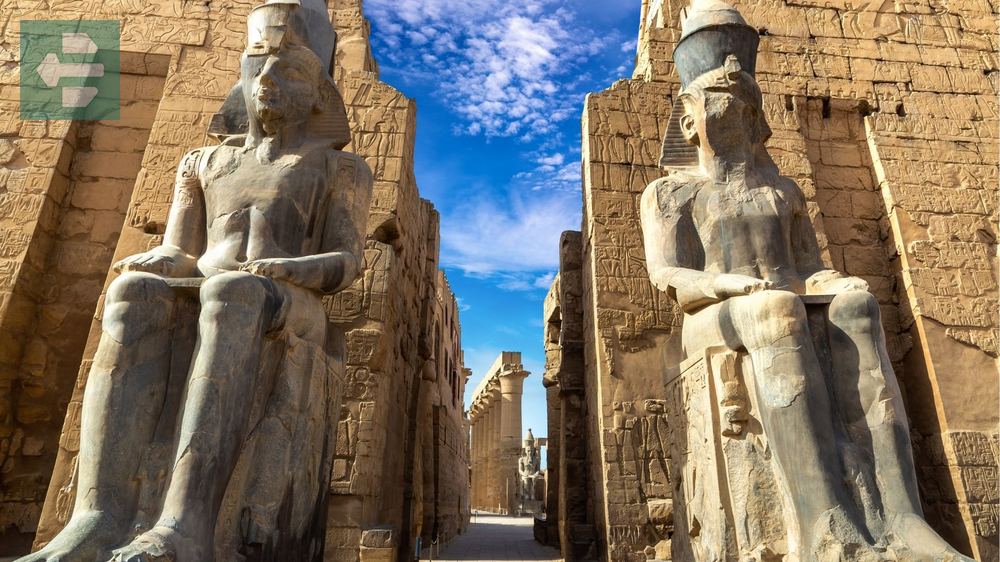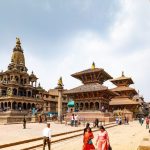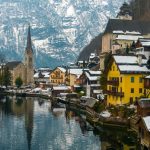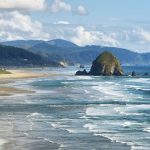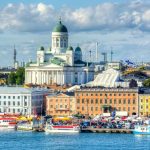January opens doors to paradise across the globe. The Maldives offers crystal-clear lagoons and overwater bungalows. Costa Rica brings dry-season adventures through volcanic landscapes. Switzerland transforms into a winter wonderland perfect for alpine escapes, while Dubai provides ideal temperatures for desert safaris and city exploration.
Keep reading as we uncover the best places to travel January that will turn your winter escape into an unforgettable adventure.
List of Contents
- 1. Maldives: Twenty-Six Atolls of Pure Escape
- 2. Barbados: Where Trade Winds Meet Warm Waters
- 3. Costa Rica: Dry Season Adventures
- 4. Fiji: South Pacific Serenity
- 5. Bali, Indonesia: Monsoon Magic
- 6. Philippines: Island-Hopping Paradise
- 7. Mauritius: Cyclone Season Serenity
- 8. Switzerland: Alpine Winter Wonderland
- 9. Iceland: Northern Lights and Ice Caves
- 10. Japanese Alps: Snow Country Silence
- 11. Dubai, UAE: Perfect Desert Weather
- 12. Vietnam: Tet Preparations and Perfect Weather
- 13. Singapore: Post-Monsoon Clarity
- 14. Argentine Patagonia: Peak Summer Adventures
- 15. South Africa: Summer Safari Season
1. Maldives: Twenty-Six Atolls of Pure Escape
The Maldives in January delivers what winter-weary souls crave most. Temperatures hover around 27°C with minimal rainfall and eight hours of daily sunshine. The northeast monsoon brings calm seas perfect for snorkeling among coral gardens.
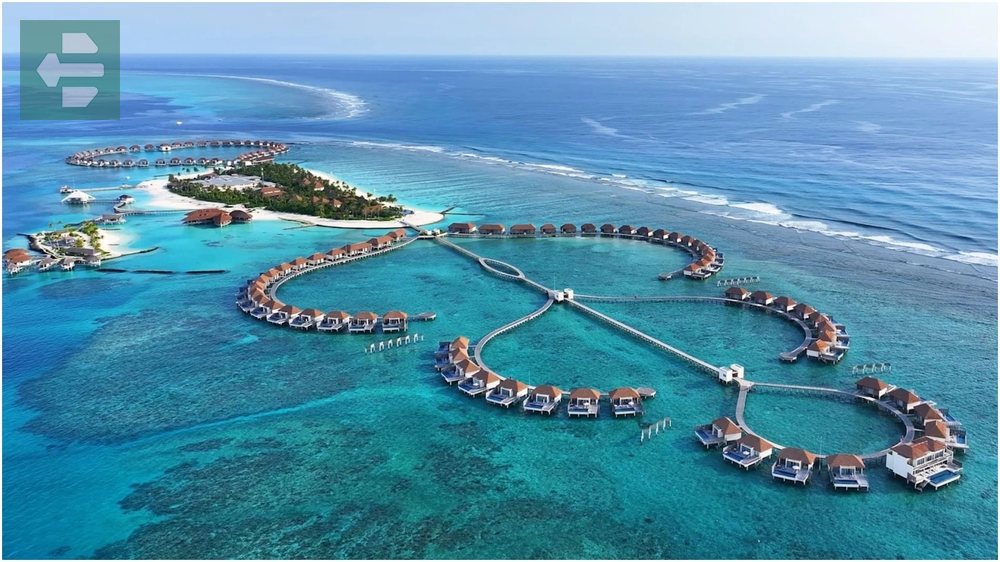
I remember stepping onto the jetty at dawn, watching manta rays glide beneath crystal-clear waters. That moment reminded me why these scattered islands remain untouchable.
Local dhonis still follow traditional routes between atolls. Ask your resort to arrange a sunset fishing trip with Maldivian crews—they know where the best catches hide.
Quick Facts:
- Peak Season: December-April
- Getting There: Malé Airport, seaplane transfers to resorts
- Entry Fee: Free (resort fees vary)
- Suggested Stay: 5-7 days
- Key Destinations: Malé, Maafushi, Baros, Vaadhoo
2. Barbados: Where Trade Winds Meet Warm Waters
Barbados in January strikes the perfect balance. Temperatures range from 24°C to 27°C with cooling trade winds. The dry season means minimal rainfall and ideal conditions for exploring beyond the beaches.
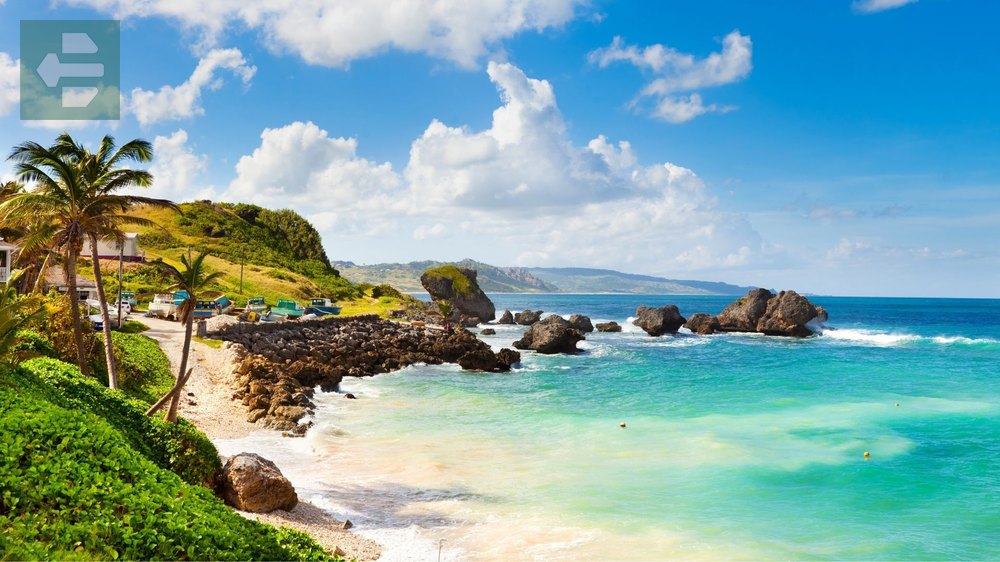
The island's rum shops still serve as community gathering places. Stop by one in St. Lawrence Gap during happy hour. Listen to the conversations—you'll learn more about Barbadian life in thirty minutes than most guidebooks offer.
Surf conditions peak along the south coast. Local instructors at Freights Bay teach beginners while experts challenge the breaks at Soup Bowl.
Quick Facts:
- Peak Season: December-April
- Getting There: Grantley Adams International Airport
- Entry Fee: Free
- Suggested Stay: 5-7 days
- Key Destinations: Bridgetown, St. Lawrence Gap, Bathsheba, Oistins
3. Costa Rica: Dry Season Adventures
January brings Costa Rica's golden season. Pacific coast regions receive minimal rainfall while temperatures stay comfortable for hiking. The country's biodiversity comes alive in cooler morning hours.
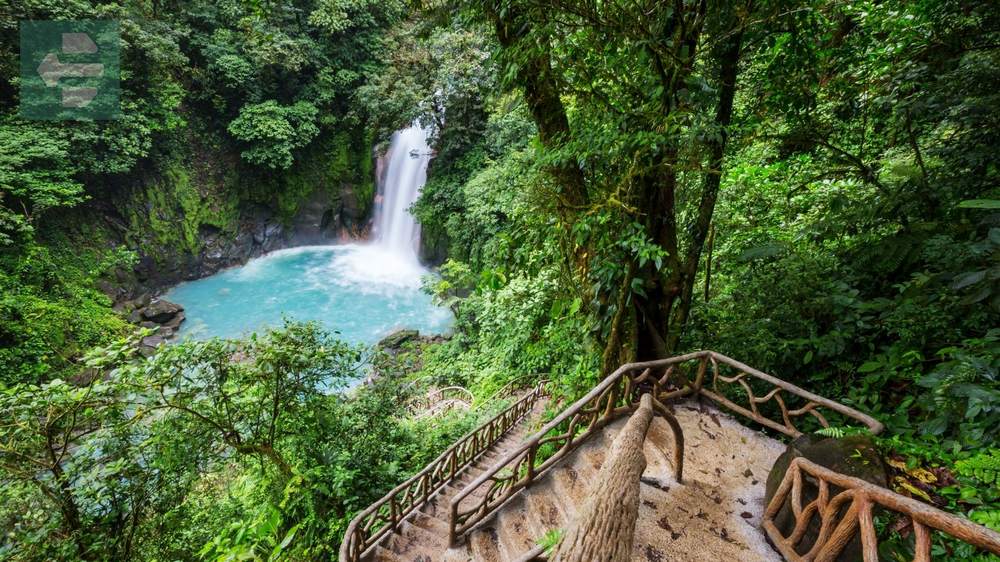
Pura vida isn't just a saying—it's a way of approaching each day. In Manuel Antonio, I watched howler monkeys wake the forest at 5 AM. Their calls reminded me that nature still sets the schedule here.
Take the early morning zip-line tours in Monteverde. Cloud forests offer better visibility and calmer winds before 9 AM. Local guides know which trees house sleeping sloths.
Quick Facts:
- Peak Season: December-April
- Getting There: San José Airport (SJO), domestic flights available
- Entry Fee: National parks from $16
- Suggested Stay: 7-10 days
- Key Destinations: Manuel Antonio, Monteverde, Arenal, Guanacaste
4. Fiji: South Pacific Serenity
January places Fiji in its wet season, but don't let that discourage you. Afternoon showers pass quickly, leaving behind refreshed air and emptier resorts. Sea temperatures reach 28°C—perfect for diving and snorkeling.
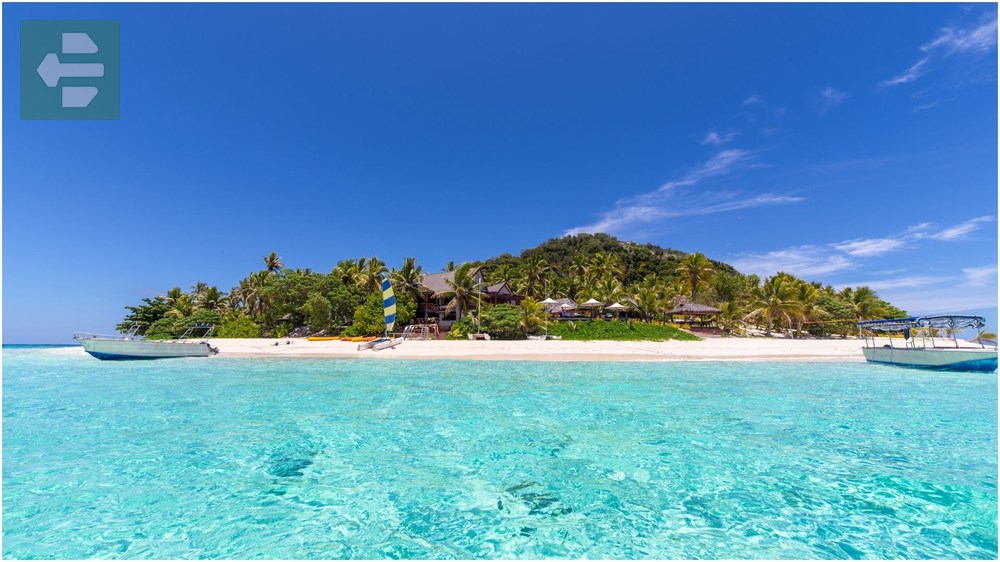
The Yasawa Islands receive less rainfall than Viti Levu. Local village stays offer authentic experiences away from resort crowds. Fijian hospitality shines brightest when you're the only visitors sharing kava with village elders.
Surfing conditions improve with January swells. Mamanuca Islands offer world-class breaks without the usual competition for waves.
Quick Facts:
- Peak Season: May-October (dry season)
- Getting There: Nadi Airport, boat transfers to islands
- Entry Fee: Free (resort/activity fees apply)
- Suggested Stay: 7-10 days
- Key Destinations: Nadi, Mamanuca Islands, Yasawa Islands, Denarau
5. Bali, Indonesia: Monsoon Magic
Bali's wet season creates a different kind of beauty. January brings afternoon thunderstorms that refresh the tropical air and fill the rice terraces with vibrant green. Temperatures stay warm at 25-30°C.
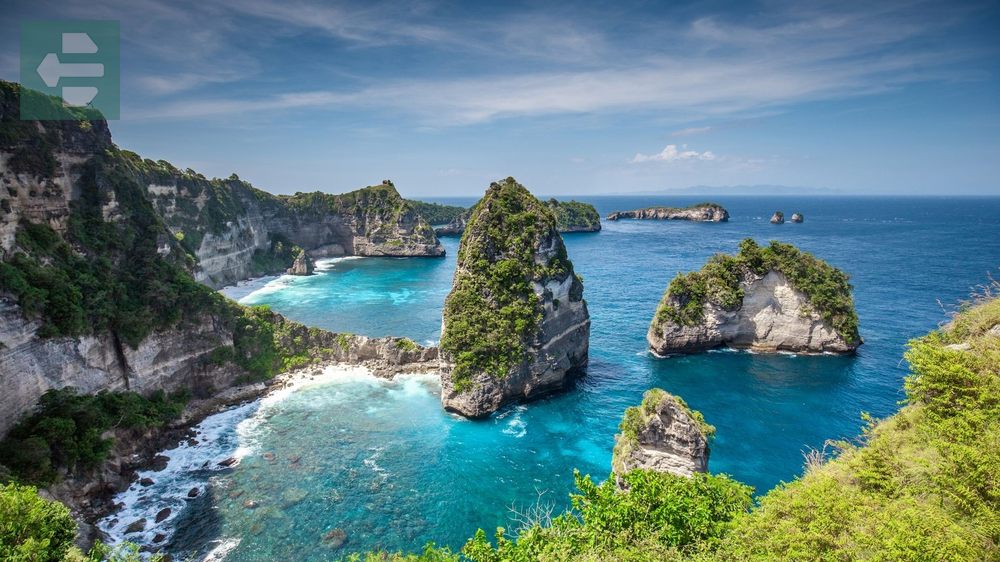
At dawn in Ubud, mist rises from the Tegallalang rice terraces like nature's own meditation. The sound of gamelan music drifts from nearby villages, mixing with the calls of tropical birds.
Visit waterfalls after rain showers—they're at their most powerful. Sekumpul Falls becomes a thundering cascade that photographs beautifully against monsoon clouds.
Quick Facts:
- Peak Season: April-October (dry season)
- Getting There: Ngurah Rai Airport, taxis/drivers available
- Entry Fee: Free (temple donations expected)
- Suggested Stay: 7-12 days
- Key Destinations: Ubud, Seminyak, Sanur, Mount Batur
6. Philippines: Island-Hopping Paradise
January delivers the Philippines' best weather. Cool, dry conditions with temperatures between 23-30°C make island hopping comfortable. Northeast monsoons bring calm seas perfect for boat travel.
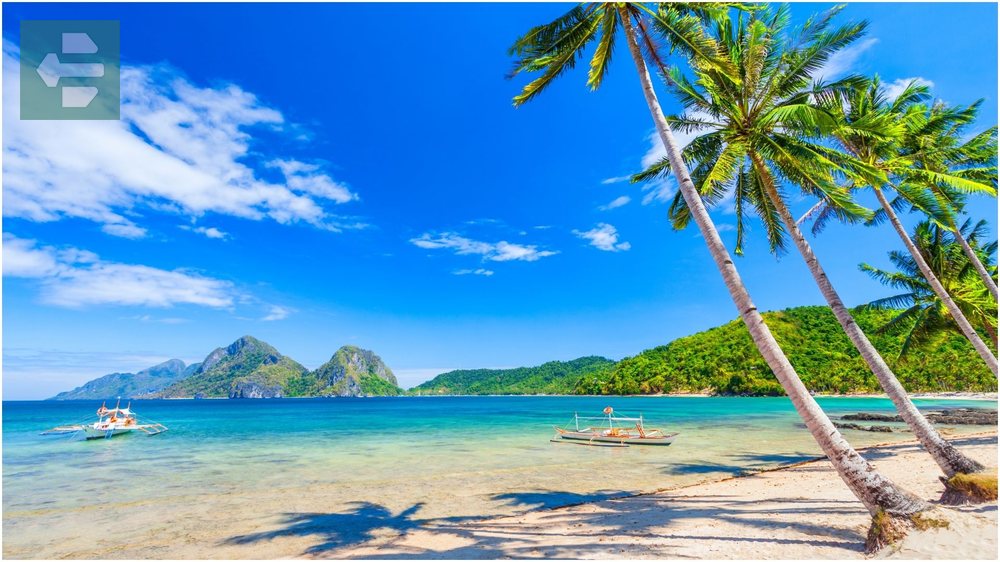
In Palawan, I joined local bancas at sunrise for the journey to Hidden Beach. The boatmen shared stories while dolphins played in the boat's wake. These moments happen when you travel during shoulder season.
Book domestic flights early—January connects with local holidays. Ferry schedules run more reliably during dry season months.
Quick Facts:
- Peak Season: November-April
- Getting There: Manila (NAIA) or Cebu airports, domestic connections
- Entry Fee: Free (activity fees vary)
- Suggested Stay: 10-14 days
- Key Destinations: Palawan, Boracay, Cebu, Bohol, Siargao
7. Mauritius: Cyclone Season Serenity
January brings Mauritius' warmest weather alongside occasional cyclone activity. Despite weather warnings, the island experiences more sunshine than rain. Temperatures reach 30°C with high humidity.
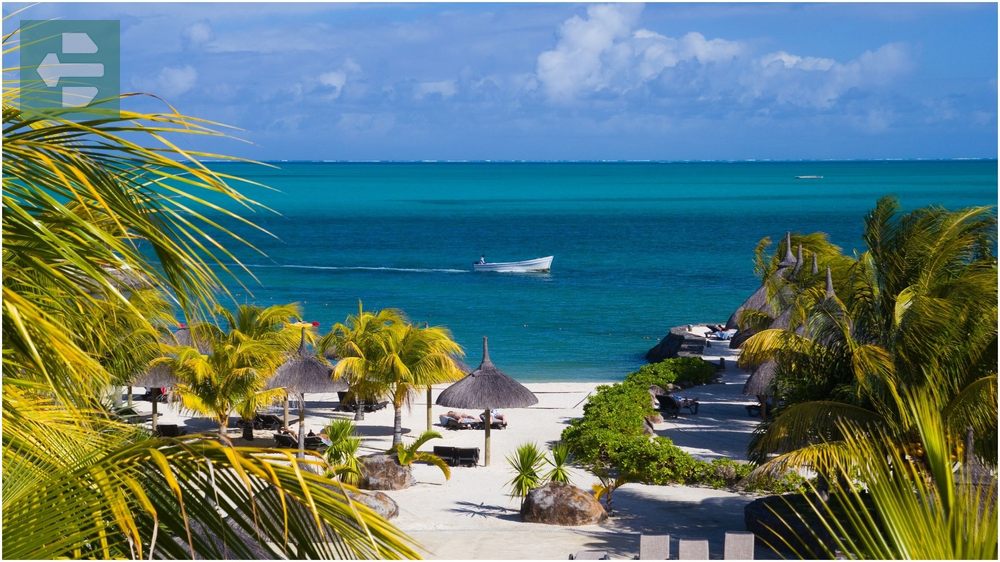
Port Louis market comes alive in the early morning before the heat builds. Local vendors sell fresh tropical fruits and aromatic spices. Try dholl puri from street stalls—it's the island's unofficial national dish.
Visit Black River Gorges during cooler morning hours. The national park's endemic birds are most active before 9 AM.
Quick Facts:
- Peak Season: May-November
- Getting There: Sir Seewoosagur Ramgoolam Airport
- Entry Fee: Free (park fees around $3)
- Suggested Stay: 7-10 days
- Key Destinations: Port Louis, Grand Baie, Flic en Flac, Chamarel
8. Switzerland: Alpine Winter Wonderland
Switzerland in January means powder snow and crystalline air. Temperatures drop below freezing in mountain regions while cities stay around 2°C. Perfect conditions for skiing and winter hiking.
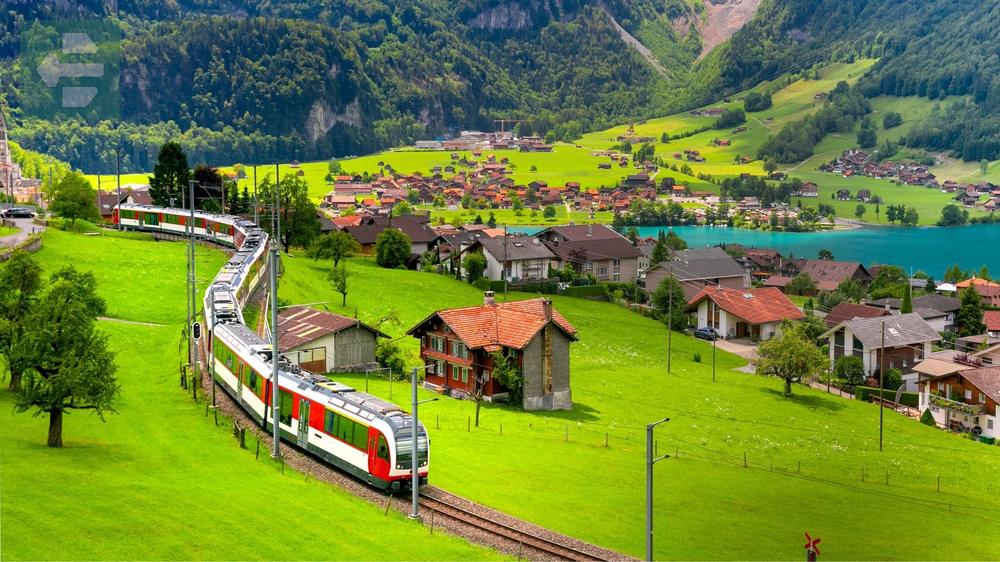
The first light hits the Matterhorn around 7:30 AM in January. I watched from Zermatt's church bridge as the peak turned pink against the dark sky. That silence—broken only by distant avalanche control explosions—stays with you.
Take the train instead of driving. Swiss Rail operates efficiently even in heavy snow, and the views through frost-covered windows beat any highway experience.
Quick Facts:
- Peak Season: December-March (winter sports)
- Getting There: Zurich or Geneva airports, train connections
- Entry Fee: Free (lift tickets from $50)
- Suggested Stay: 5-7 days
- Key Destinations: Zermatt, Interlaken, Jungfrau, Davos
9. Iceland: Northern Lights and Ice Caves
January gives Iceland only four hours of daylight, but those hours reveal landscapes carved from ice and volcanic glass. Temperatures hover around -2°C. Perfect conditions for aurora hunting and glacier exploration.
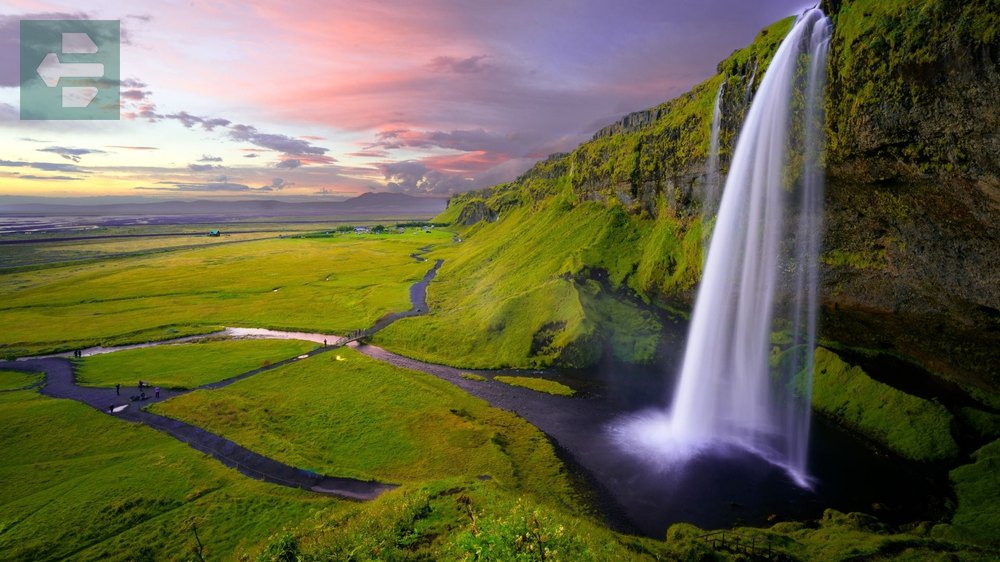
At Jökulsárlón glacier lagoon, icebergs catch the brief winter light like scattered diamonds. The silence feels absolute until an iceberg shifts and groans in the black water.
Join guided ice cave tours—they're safer and more rewarding than solo exploration. Local guides know which caves remain stable throughout winter months.
Quick Facts:
- Peak Season: June-August (summer access)
- Getting There: Keflavik Airport, rental cars/tours
- Entry Fee: Free (tour costs from $100)
- Suggested Stay: 5-7 days
- Key Destinations: Golden Circle, South Coast, Blue Lagoon, Westfjords
10. Japanese Alps: Snow Country Silence
The Japanese Alps transform into Kawabata's snow country during January. Heavy snowfall creates perfect powder conditions while temperatures drop to -10°C in mountain areas.
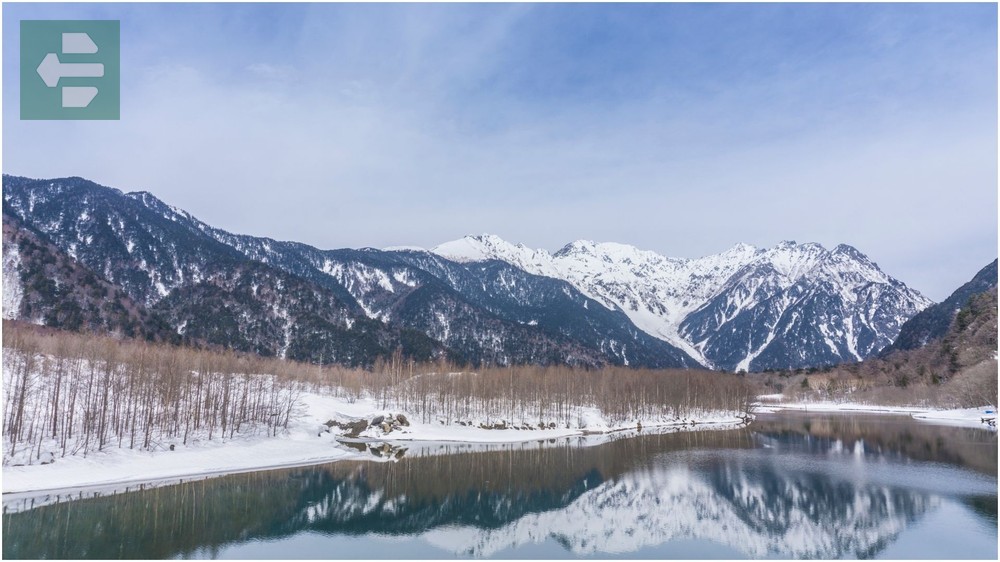
In Takayama's old quarter, wooden sake breweries release aromatic clouds into the frozen air. Local onsen provide the perfect contrast to January's bite. Soak in mountain hot springs while snow falls on your shoulders.
Book ryokan accommodations early. Traditional inns fill quickly during ski season, especially those with private onsen baths.
Quick Facts:
- Peak Season: December-March (skiing)
- Getting There: Tokyo to Takayama via train, rental cars available
- Entry Fee: Free (accommodation from $150/night)
- Suggested Stay: 3-5 days
- Key Destinations: Takayama, Shirakawa-go, Hakuba, Nagano
11. Dubai, UAE: Perfect Desert Weather
Dubai in January offers relief from summer's intensity. Temperatures range from 15-25°C with clear skies and gentle breezes. Ideal conditions for desert safaris and outdoor exploration.
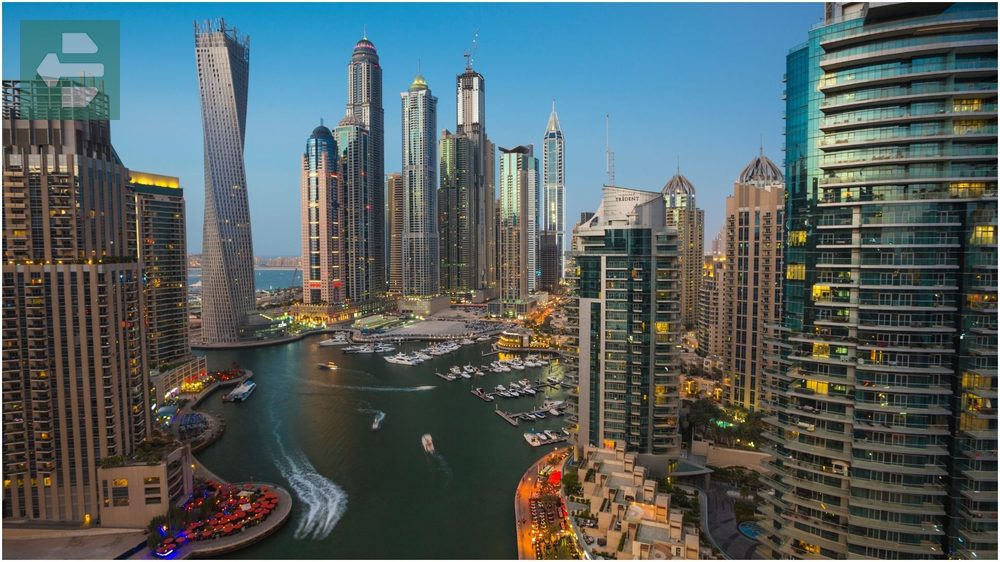
The call to prayer echoes across Dubai Creek at dawn while traditional dhows prepare for their daily routes. Modern skyscrapers reflect the rising sun, but the old souks still sell frankincense and dates like they have for centuries.
Visit the spice souk in the early morning. Vendors prepare fresh blends before the heat builds, and the aromas fill the narrow alleyways.
Quick Facts:
- Peak Season: November-March
- Getting There: Dubai International Airport
- Entry Fee: Free
- Suggested Stay: 4-6 days
- Key Destinations: Dubai Marina, Old Dubai, Palm Jumeirah, Desert Conservation Reserve
12. Vietnam: Tet Preparations and Perfect Weather
January brings Vietnam's most comfortable weather alongside Tet preparations. Northern regions stay cool around 15°C while the south enjoys warm, dry conditions at 28°C.
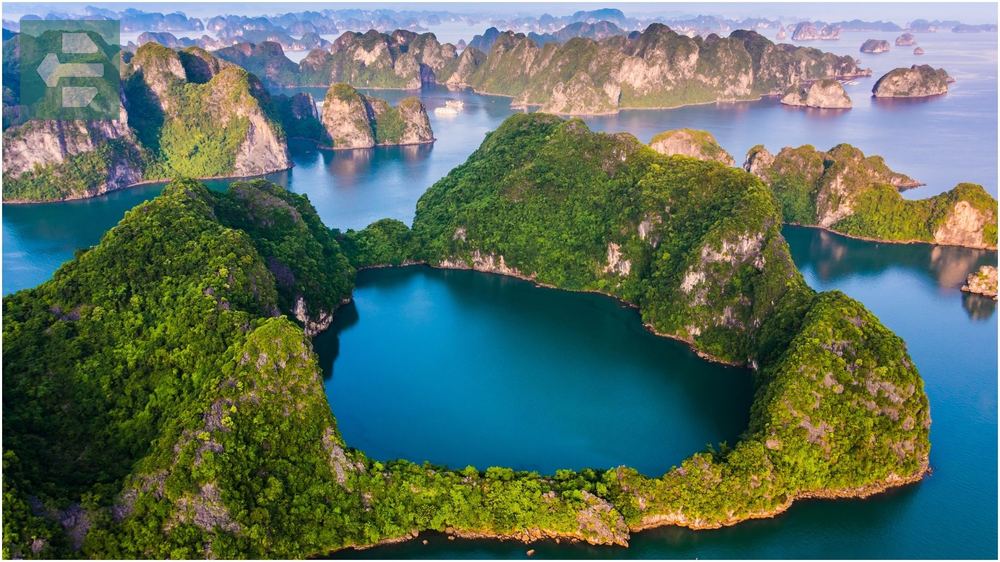
In Hanoi's Old Quarter, families prepare traditional Tet decorations while motorbikes navigate streets filled with peach blossoms. The energy builds toward Lunar New Year celebrations.
Take cooking classes in Hoi An during January's dry weather. Local markets overflow with seasonal ingredients, and afternoon rains don't disrupt outdoor activities.
Quick Facts:
- Peak Season: November-April
- Getting There: Hanoi or Ho Chi Minh City airports
- Entry Fee: Free (visa required for most nationalities)
- Suggested Stay: 10-14 days
- Key Destinations: Hanoi, Ho Chi Minh City, Hoi An, Halong Bay
13. Singapore: Post-Monsoon Clarity
Singapore in January experiences its coolest temperatures around 24-30°C with post-monsoon clarity. Afternoon thunderstorms provide relief from humidity while keeping the city-state green and vibrant.
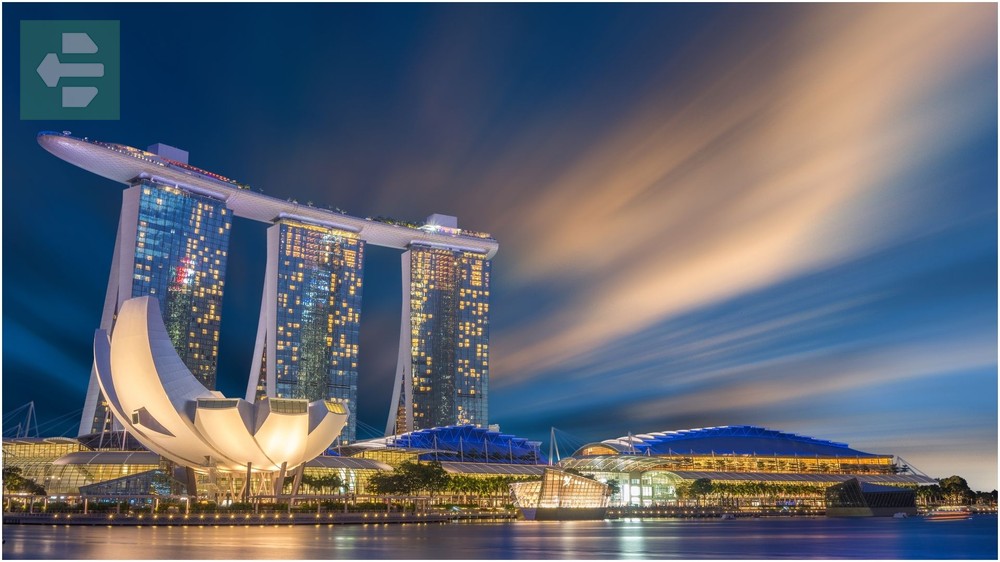
At Maxwell Food Centre, hawkers prepare traditional dishes while office workers queue for lunch. The mix of languages and aromas creates Singapore's authentic soundtrack.
Explore Singapore's nature reserves during January's cooler mornings. MacRitchie Reservoir offers canopy walks before the humidity builds.
Quick Facts:
- Peak Season: February-April
- Getting There: Changi Airport
- Entry Fee: Free
- Suggested Stay: 3-4 days
- Key Destinations: Marina Bay, Chinatown, Sentosa, Gardens by the Bay
14. Argentine Patagonia: Peak Summer Adventures
January brings Patagonia's peak summer with up to 18 hours of daylight. Temperatures range from 15-20°C with minimal rainfall. Perfect conditions for trekking and wildlife viewing.
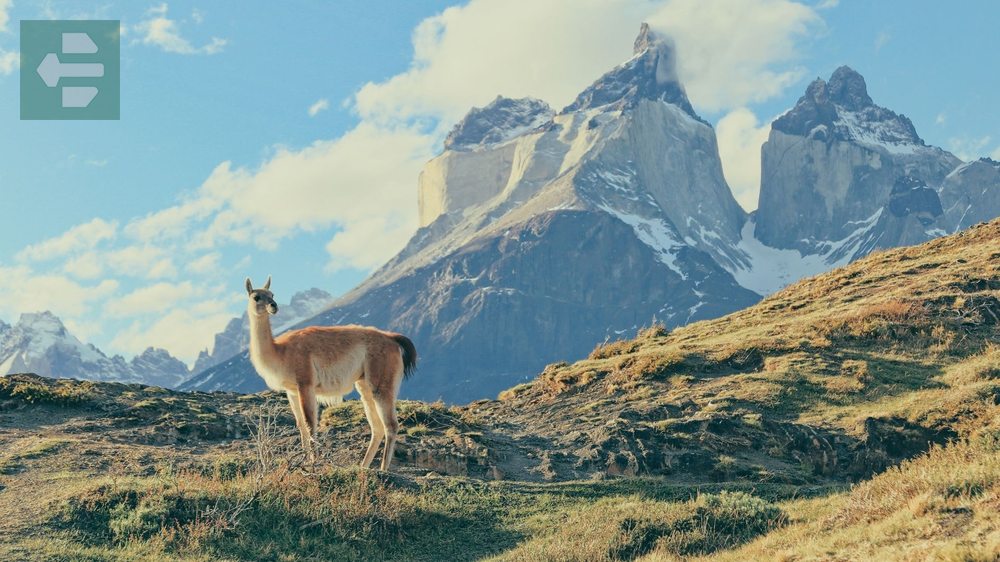
At Torres del Paine, the sunrise illuminates granite spires while guanacos graze in meadows filled with wildflowers. The extended daylight means you can hike longer distances without rushing.
Book accommodations months in advance. January represents Patagonia's high season with limited lodging options in remote areas.
Quick Facts:
- Peak Season: November-March
- Getting There: Buenos Aires then domestic flights to El Calafate
- Entry Fee: Torres del Paine $32
- Suggested Stay: 7-10 days
- Key Destinations: El Calafate, El Chalten, Torres del Paine, Ushuaia
15. South Africa: Summer Safari Season
South Africa's January summer brings warm temperatures around 25-30°C with occasional afternoon thunderstorms. Wildlife congregates around water sources while coastal regions offer perfect beach weather.
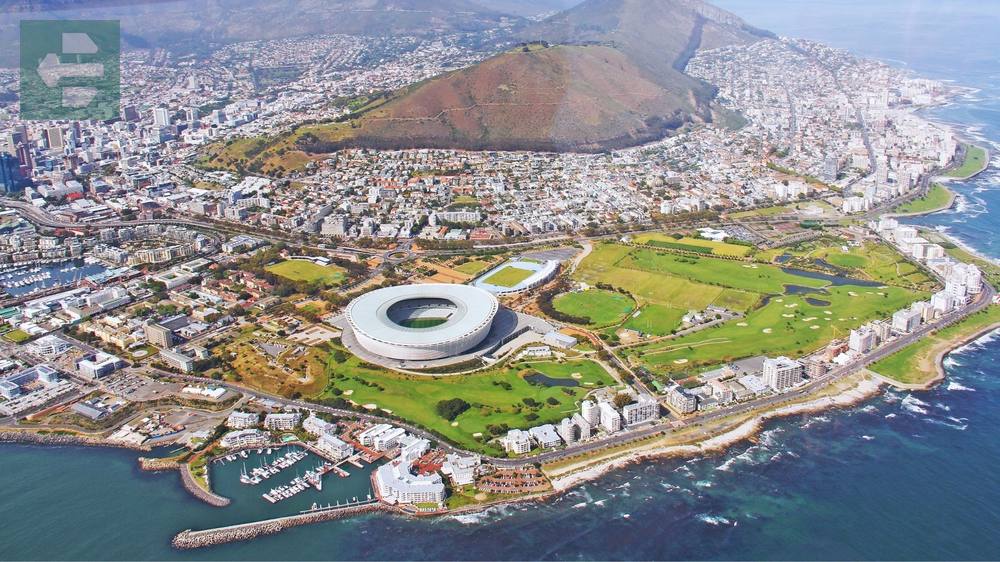
In Kruger National Park, the early morning game drives reveal Africa at its most active. Lions rest in shade while elephants gather at water holes. The summer rains create lush landscapes perfect for photography.
Visit during weekdays if possible—South African school holidays create crowded conditions at popular attractions.
Quick Facts:
- Peak Season: November-March
- Getting There: Johannesburg or Cape Town airports
- Entry Fee: Kruger National Park $25
- Suggested Stay: 10-14 days
- Key Destinations: Cape Town, Kruger National Park, Johannesburg, Garden Route
January transforms winter escapes into extraordinary adventures. These fifteen destinations offer everything from tropical paradises to snow-covered peaks. Whether you choose Maldivian atolls or Patagonian glaciers, January provides the perfect backdrop for unforgettable memories.
Pack your sense of adventure. The world's best places to travel January are waiting to exceed every expectation you've ever had about winter getaways.
